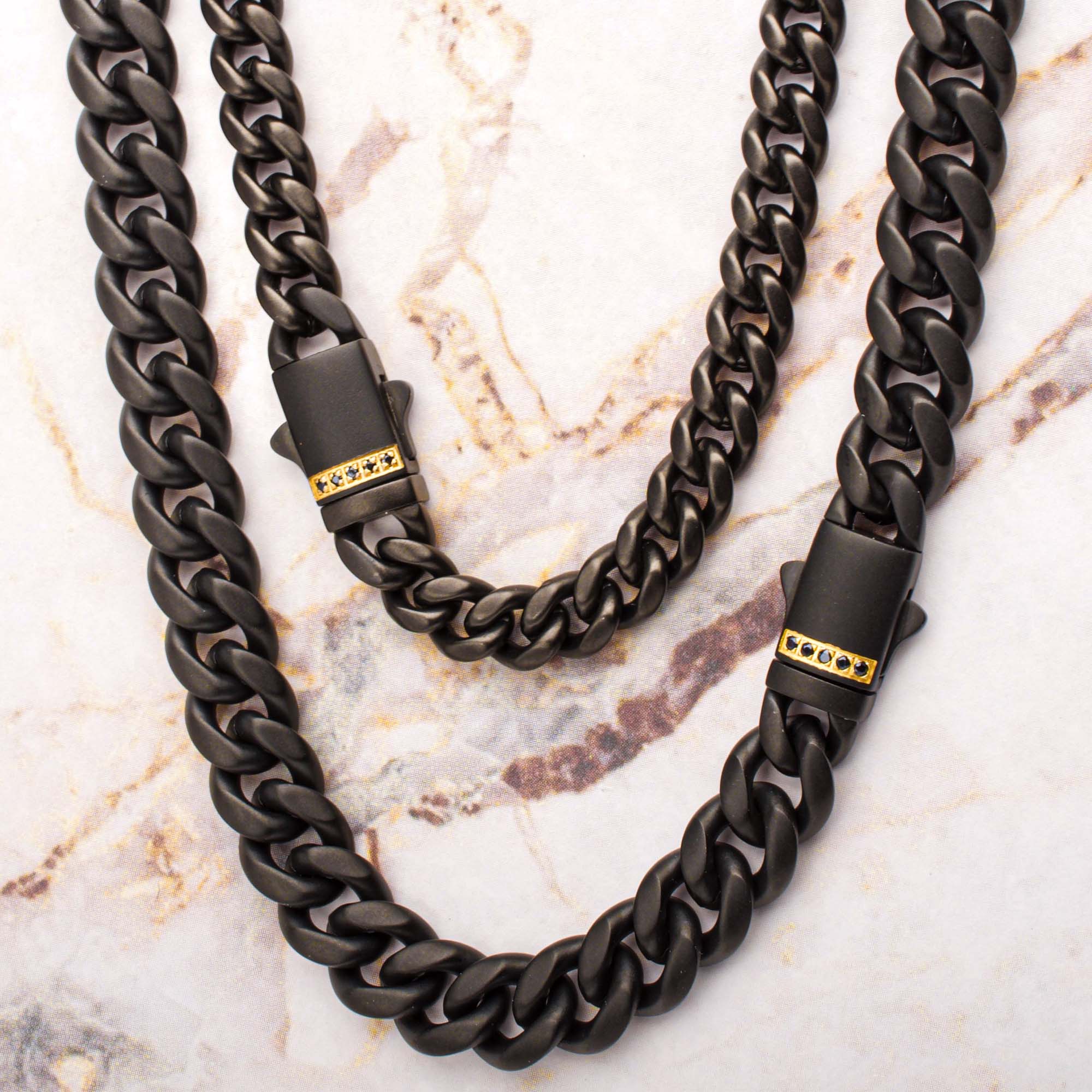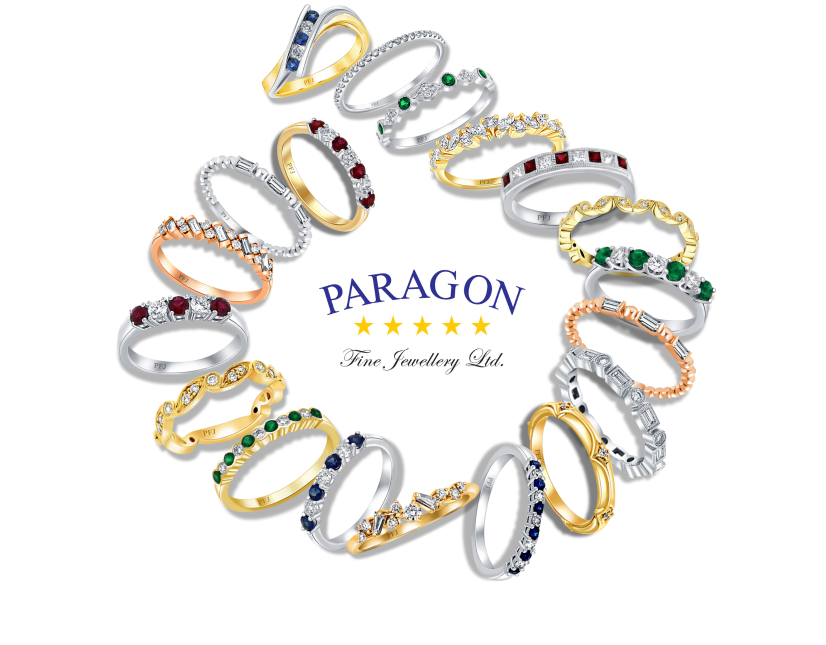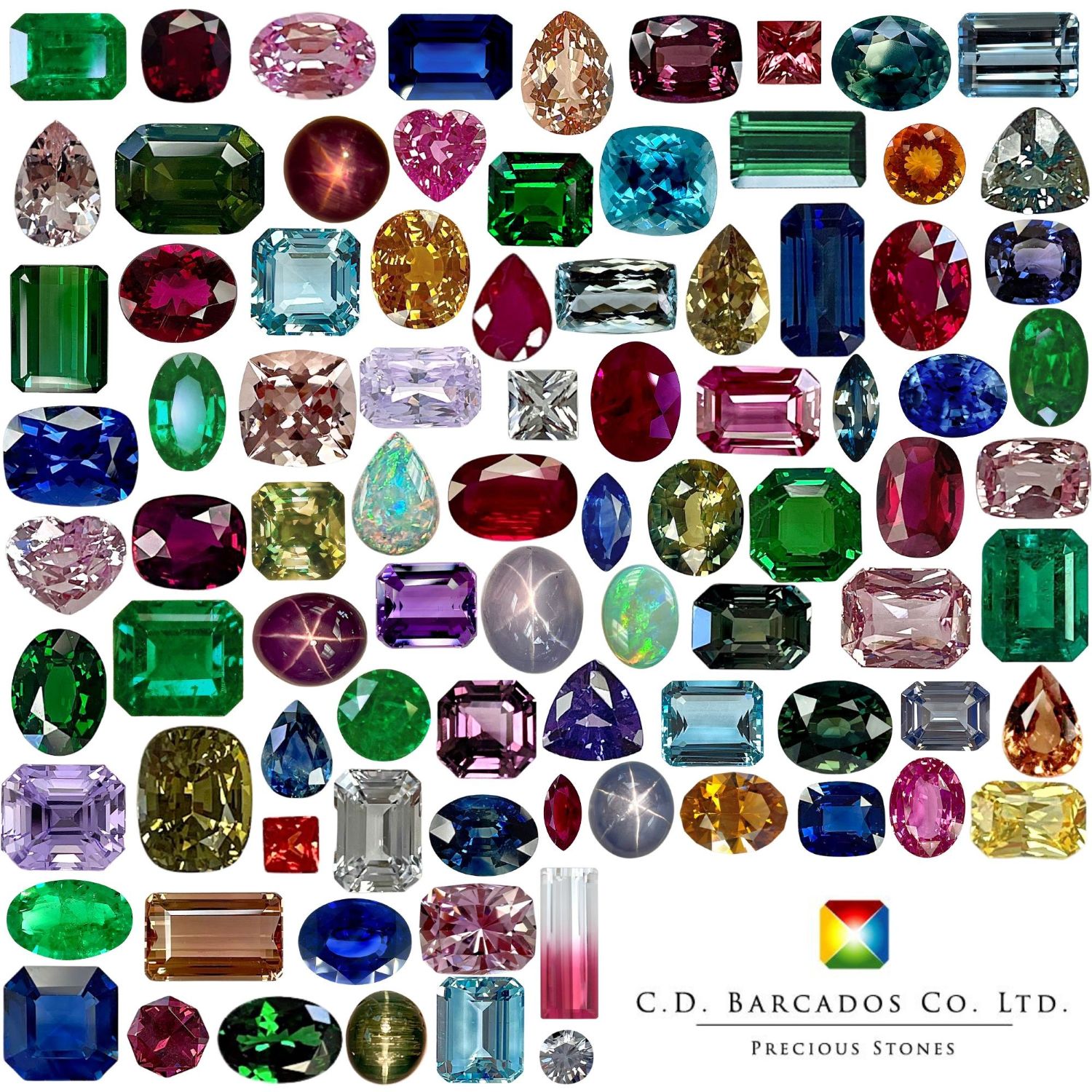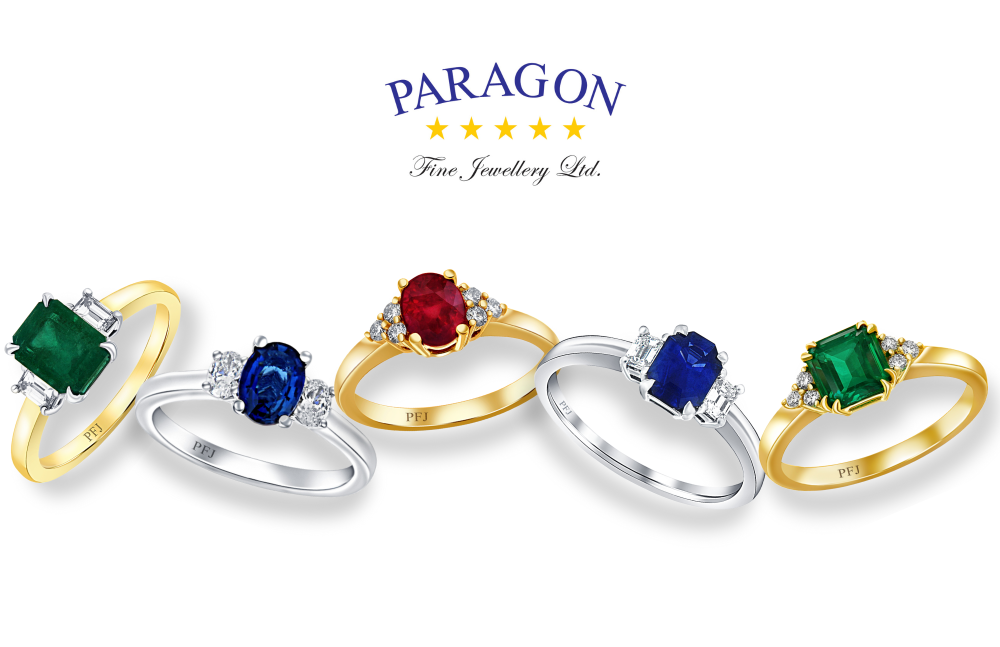The value of a name

Jewels and watches (and almost everything else) have value based on many factors. Beauty is a prime factor in creating desire for things. There are so many ways to see beauty: In looking for a meal, the architectural marvel of a meal presented in a Michelin-starred restaurant will usually hold a far greater appeal than a really tasty, but perhaps boring-looking ladle of stew in a bowl. A fruit tree in full blossom is usually more photogenic than the same tree in its winter nakedness. A poet’s declaration of love is more likely to draw water from my eyes than a sticky note on my computer monitor asking, “How about going for a coffee sometime ?”
Jewellery is a representation of the beautiful. We can find a jewel that we determine to be a most beautiful thing and we can purchase it, hint at a gift of it, or, indeed, make it, and wear it. The beauty of a jewel is “proven” when the recipient beams at the giver, even if that is the same person (self-selected jewels are a very important part of our industry, and we’re usually pretty pleased with our own choices). The beauty of a jewel is at least as important to the person facing it as it is to the person wearing it.
Jewels are worn proudly. They are a statement of our personal style, our good taste, and discerning understanding of textures, colours, design, designers, and makers. For much of the world, the maker plays a huge role in the value placed on a jewel.
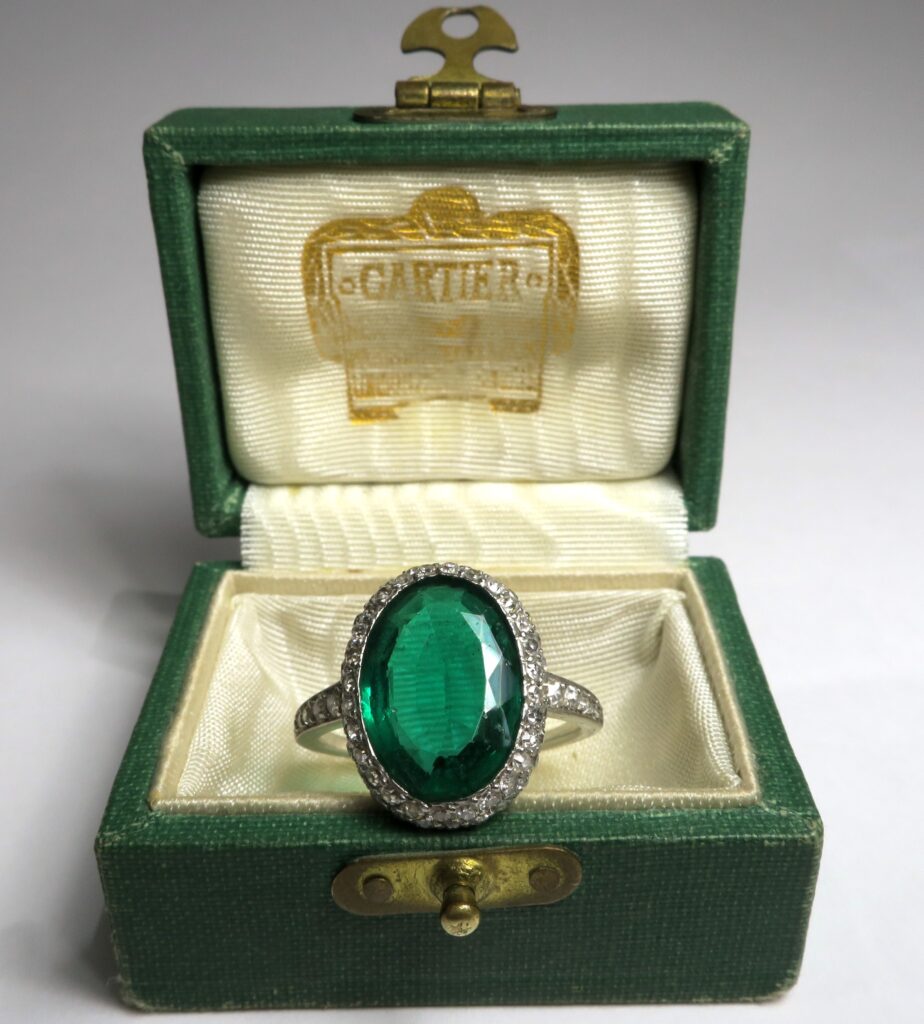
Quality is crucial
Another factor that determines value is quality. Many years ago, I had a modest budget and also had a lot of holes to drill (I was fixing up my fixer-upper house). I purchased an inexpensive electric drill. My new drill worked okay, got kind of hot, slowed down, and was generally sluggish, but it drilled holes. I had a friend who offered to help me (I can’t quite remember what required so many holes drilled), he arrived with a metal box like a tinsmith’s briefcase, opened the box and revealed an electric drill. His drill looked kind of like mine, but then he started drilling. My jaw dropped. The drill was fast, robust, and, half an hour later, the job was completed. He placed the drill in its case, curved the cord in, snapped the case closed and simply said, “You never regret buying the best quality.” Eventually, I saved up and purchased one of those drills, but not before wearing out two more cheap drills. We still both have those “best quality” drills made by a famous tool company.
Quality in jewellery speaks out loud, just like the drill. If you have a jewel that is well designed, expertly constructed, and beautifully set, it will be the best thing to do its assigned task; it will be beautiful and will make people happy.
Famous jewellery houses are well known and highly regarded, not because they are famous. The most desired jewels in the world are produced by houses with exceptional design, the finest materials, and impeccable work that goes into the finished jewel.
Cartier
Cartier didn’t just appear one day and suddenly everyone wanted a Love bracelet. Cartier opened in 1847, and the company brought a focus on high style, fine quality, and the best materials to the Paris market. The focus on quality was important to the Cartier family, and the atelier took time to gain a reputation for the overall beauty of their jewels. This focus was never lost, and the demand for their work has never diminished. If you walk past the window of a Cartier store, it will be difficult to walk past the door. We are drawn in by the marvellous coloured gems, the top design, and the captivating quality.
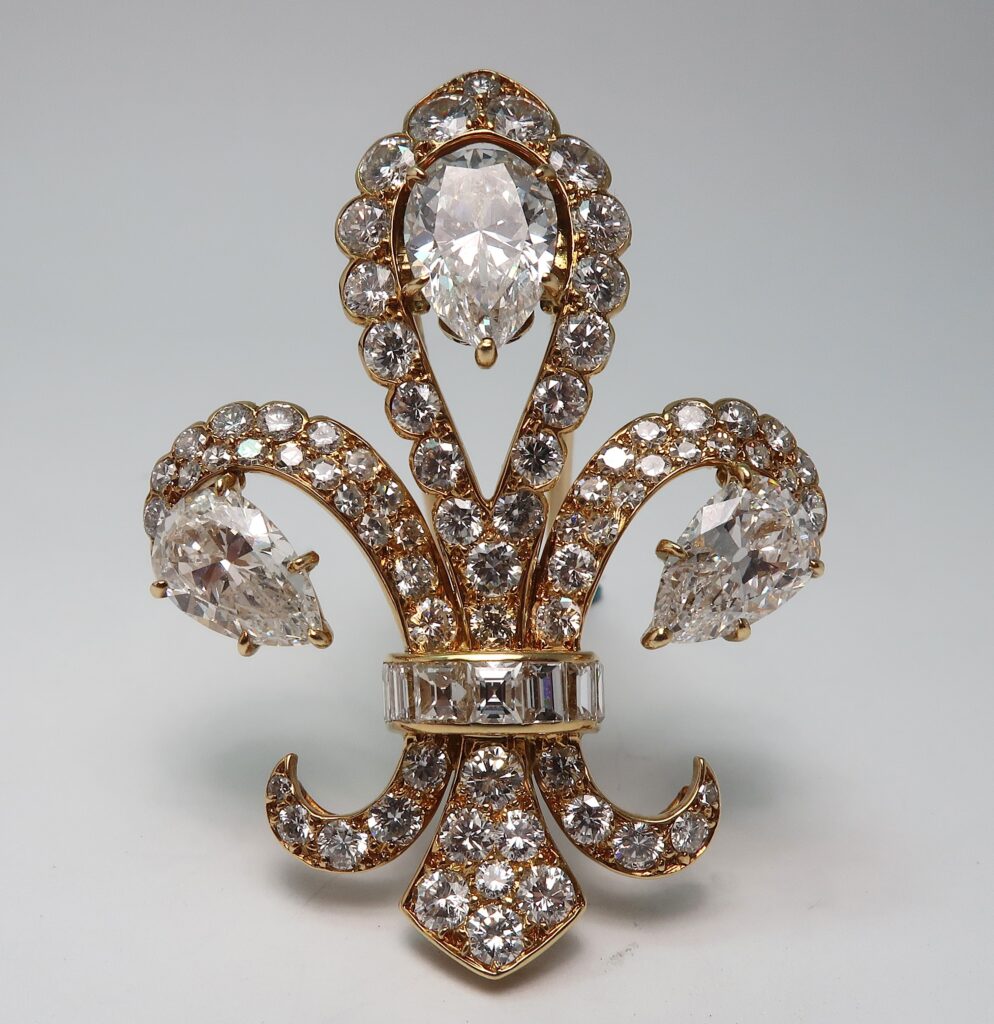
Tiffany
Similarly, Tiffany had a focus on design and embraced elements of European style but with a unique American element. Tiffany, established a decade before Cartier, gained a reputation and has held strongly to its traditions, and you can still look at any Tiffany jewel from front or back, or look at the quality of its diamond cut, and it’s clear they don’t cut corners. Tiffany proudly features the names of many of its designers who bring the beauty of their ideas to enthusiastic customers. The combination of the brand and the names of the extraordinary designers creates a provenance to be sought. From the days of Louis Comfort Tiffany and his imaginative and impeccable work, names like Schlumberger, Peretti, Picasso, and even Canadian architect Gehry have drawn shoppers because we know Tiffany’s work is exceptional and designs are enduring.
Van Cleef and Arpels
Van Cleef and Arpels, founded in 1906, quickly attracted a stylish Parisian clientele for their leading-edge modern design, fine quality, and quintessential style. Van Cleef and Arpels remains one of the most desired brands, and, again, this is because they have remained bound to their original vision and the quality required by that vision. Van Cleef continues to lead the world in recognition and innovation in design. One of the most desired names in the auction world, Van Cleef & Arpels jewels, period to modern, routinely bring multiple strong bids.
I have only named a few of the biggest names in the jewellery world, and there are many others who fit the description. Bulgari, Harry Winston, David Webb, Buccellati, and Graff, are just a few other examples. All these houses have international reputations based on vision in design, consistency of materials, and quality of work. You never regret buying the best quality.
All this talk of quality and famous houses does a little disservice to new designers, artists, metalsmiths and creators. All the famous houses started small and unknown. It was a combination of location, timing, and marketing that helped establish a name, certainly, but mostly consistency of quality and design, which made those houses what they are today. There are new ateliers working commission by commission today who will eventually join the other immortals on the Mount Olympus of the jewellery world.
Desirability of a jewel
Another thing that contributes to value is rarity, which is often closely associated with desirability. What we can’t get, we tend to want more than what we can get. A reason we cannot attain something is that there isn’t any availability. How many things do we see stating that it’s part of a limited edition, or the “last one,” or we’re booking on a plane and the website says “only two seats left,”or, the worst—“collectable.” These terms convey the idea of rarity, but, on average, it’s pretty likely that something that is genuinely rare will not make a claim of rarity.
One of the world’s most desired jewels is anything made by Paris jeweller JAR. Joel A. Rosenthal, simply known as JAR, makes very few jewels each year. The jewels are not offered outside of his atelier, but occasionally appear at auction. These jewels are truly rare, with a focus on exceptional quality and exhilarating colour choices. JAR’s work is constantly in demand and rarely available. Sometimes things are so rare that they are not on many people’s radar, and remain niche things, highly desired, but in very rarefied territory.
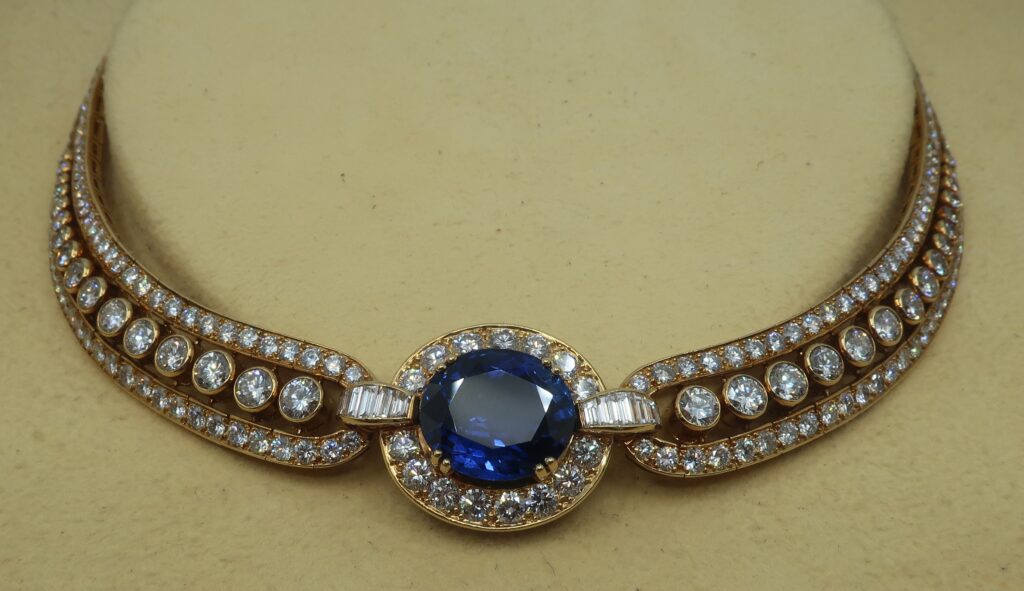
The Art Deco period
Another factor that makes something rare is that it’s no longer produced and, therefore, not readily available. There has always been a demand for Art Deco jewels, but about a century has passed since the true Art Deco period. So, naturally, Art Deco jewels are very rare. Again, whatever we can’t get, we want more.
At auction, we have the good fortune to offer jewels that cover a huge historical range, and we find Art Deco jewels will regularly drive strong bids. If we have a bracelet from 1890, 1905, 1930, 1950, and 1990, and, all other things being equal, if the 1930 bracelet is Art Deco, it will most likely be the one with the most bids and realize the best result. Sometimes, the age of an item is not the driver of price, but the beauty of design, and who can argue against Art Deco?
As we discussed before, another factor in price is brand. This can be where the desire for a name may dominate. At an auction, we may have two very similar Art Deco bracelets. If the bracelets are examined closely, perhaps the quality of work is pretty similar, the grading of the gems may match, and the two may be comparable. If one bears the name of a famous house, it may change everything.
A lovely 1925 to 1930 diamond and platinum Art Deco design bracelet without a known signature may sell at auction for $20,000 to $30,000, while a very similar Art Deco bracelet bearing the name of a famous house, such as Cartier, will possibly triple the selling price at maybe $70,000 to $100,000.
A ring with a pretty little flower or ladybug, in gold with gems, may sell at auction for $1,000 to $1,500 or so, but a ring with a quatrefoil shape inset with a gem, part of the Van Cleef and Arpels Alhambra line may sell for $4,000 to $6,000.
A client came to see us and brought a bracelet which would have sold for $10,000 to $14,000 if it hadn’t had the name Van Cleef and Arpels affixed to it. It sold for $68,750. The name was a differentiating factor. People knew it was Van Cleef and knew it was fine quality. The consignor was not aware of who made it and was very pleased with the result.
Conclusion
Often, when I examine jewels people bring to Dupuis for possible consignment for auction, they don’t know what they have. Sometimes, they are not aware of the name. “This is a (American Art Deco designer) Raymond Yard brooch,” I might say, and they may ask, “Who’s that, and does it make some kind of difference?” Yes, it does.
Others bring unsigned items, and they tell me something like “it was made by such and such goldsmith, who ran the Cartier Paris workshop.” The quality is usually not what I would expect from Cartier, and even if it were, the name is no consequence if the goldsmith was moonlighting. It might be lovely and a beautiful jewel, but without the signature, the name of the famous house can not be assigned to the jewel.
The value of a jewel is driven by beauty, quality, rarity, demand, and name. The name that drives demand is usually established on the basis of the three factors of beauty, quality, and rarity. The big houses started with a focus on those and made their names on that basis. The continued demand for their work is due to the fact that they never lost that drive for the finest in design, materials, and workmanship.
Duncan Parker, FGA, FCGmA, CAP-CJA, is vice president of Dupuis Fine Jewellery Auctioneers, based in Toronto. He has worked as a gemmologist and jewellery specialist, appraiser, and consultant for nearly 35 years. Parker is an educator and lecturer on jewellery subjects and has been a speaker at international conferences with a focus on jewellery history. He has served as president of the Canadian Gemmological Association (CGA) and Jewellers Vigilance Canada (JVC). Parker can be reached at duncan.parker@dupuis.ca.

